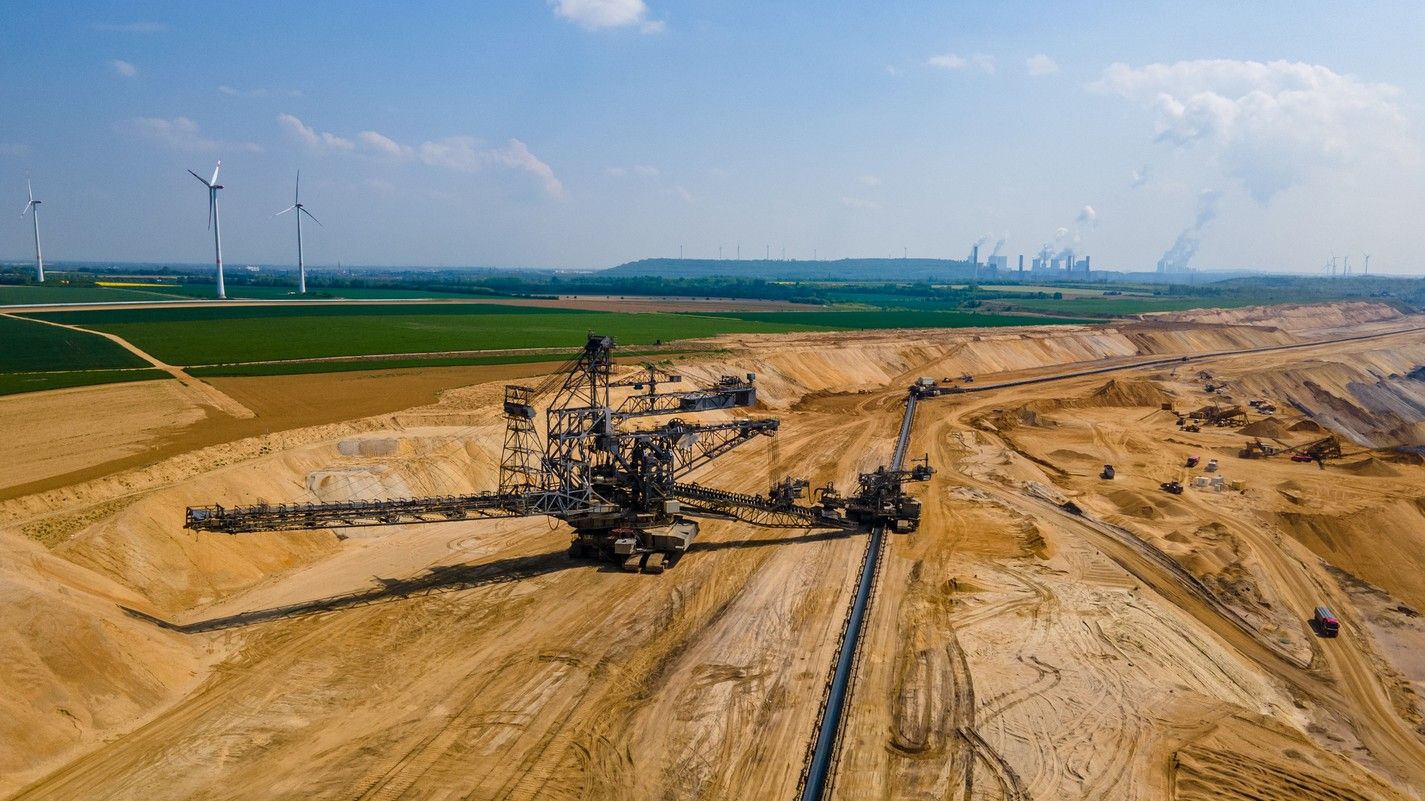Insights
Energy Commodities for Investors Guide
Dresyamaya Fiona
•
5 Minutes
read
•
Oct 14, 2025
Energy commodities represent a vital part of global markets, where price movements mirror macroeconomic trends, supply and demand balances, and geopolitical factors shaping investment outcomes.

The global economy runs on energy. From powering industries to fueling transportation, energy resources are some of the most critical assets in the world. In financial markets, an energy commodity refers to tradable raw materials used to generate power or fuel production. These commodities not only drive economic growth but also provide investors with opportunities to manage price fluctuations and diversify portfolios.
In this guide, we will explore what energy commodities are, the main types of energy commodities, the factors that influence energy commodity prices, and how energy commodities are traded globally.
What Are Energy Commodities?
Energy commodities are natural resources that can be consumed directly or refined into usable fuel. Unlike agricultural or metal commodities, energy resources are finite, which makes their prices highly sensitive to supply, demand, and geopolitical conditions.
They are a cornerstone of global trade, as every nation relies on energy to sustain its economy. Whether it’s oil powering factories, natural gas heating homes, or coal fueling electricity plants, energy commodities are essential to modern life.
Types of Energy Commodities
Energy commodities are grouped into several categories. Each has its own market drivers, trading volumes, and investment appeal.
1. Crude Oil
Crude oil, the most widely recognized energy commodity, is the backbone of modern industry. It is refined into gasoline, diesel, jet fuel, and petrochemicals, which are used in the production of plastics and fertilizers. Global oil prices are closely watched indicators of economic stability.
2. Natural Gas
Natural gas is a cleaner-burning fossil fuel used in electricity generation, heating, and as a raw material in the production of chemicals. Liquefied Natural Gas (LNG) has gained importance as countries diversify their energy supply chains.
3. Coal
Coal has powered economies for centuries. Despite environmental concerns, coal remains a dominant energy source in many developing nations. Demand is driven by electricity needs and industrial usage, particularly in the steel industry.
4. Electricity
Although not a physical commodity like oil or coal, electricity is traded on exchanges in several regions. It reflects the cost of generating and distributing power to households and industries.
5. Renewable Energy Commodities
With the global push toward sustainability, renewable sources such as wind, solar, and biofuels are gaining significance. Renewable energy credits (RECs) and carbon credits are traded as part of this emerging asset class.
Factors Influencing Energy Commodity Prices
Prices for energy commodities are dynamic and influenced by multiple global factors:
- Geopolitical Events: Conflicts in oil-producing regions, sanctions, or OPEC decisions can lead to sharp price fluctuations.
- Supply and Demand: Production levels, consumption trends, and seasonal demand (e.g., winter heating) directly affect pricing.
- Economic Growth: Expanding economies consume more energy, pushing demand and prices higher.
- Technological Advancements: Innovations in drilling (like shale oil) or renewable energy efficiency can disrupt markets.
- Environmental Policies: Carbon regulations, renewable energy mandates, and climate change concerns influence both supply and demand.
- Currency Fluctuations: Since most energy commodities are priced in U.S. dollars, shifts in exchange rates impact global buyers.
How Energy Commodities Are Traded
Trading energy commodities is a massive global industry. Here are the main methods:
1. Futures Contracts
The most common way to trade energy commodities is through futures exchanges, such as the New York Mercantile Exchange (NYMEX) or the Intercontinental Exchange (ICE). Futures allow traders to buy or sell energy at a predetermined price and date, helping producers and consumers manage risk.
2. Spot Market
In the spot market, energy commodities are bought and sold for immediate delivery. Prices here reflect real-time supply and demand conditions.
3. Exchange Traded Funds
Investors who prefer not to deal directly with futures can gain exposure through commodity ETFs, which track indexes of oil, natural gas, or renewable energy.
4. Energy Stocks
Another indirect way is to invest in companies involved in the production, refining, or distribution of energy resources. These stocks often move in correlation with commodity prices.
5. Physical Trading
Large corporations and governments may trade physical commodities directly. For example, refineries purchase crude oil shipments, while power plants secure contracts for coal or natural gas.
Why Energy Commodities Matter to Investors
Investing in energy commodities provides unique benefits:
- Diversification: Energy assets move differently compared to equities or bonds.
- Inflation Hedge: Rising energy costs often correlate with higher inflation, protecting purchasing power.
- Global Demand: As economies grow, energy consumption expands, supporting long-term demand.
- Transition Opportunities: The shift to renewables creates new investment avenues in sustainable energy.
However, risks exist too. Price volatility, geopolitical instability, and environmental regulations may lead to sudden changes in market conditions. Successful investors balance opportunities with careful risk management.
Conclusion
Energy commodities are more than just fuel, they form the foundation of economic growth, industrial activity, and financial trading. By understanding what energy commodities are, the various types of energy commodities, the factors that influence energy commodity prices, and how energy commodities are traded, businesses and investors can make informed decisions in this vital market.
From crude oil and natural gas to renewables, energy commodities will continue to shape industries and investment strategies for decades to come. For those looking to diversify portfolios or protect against inflation, energy remains one of the most potent and influential commodity sectors.





